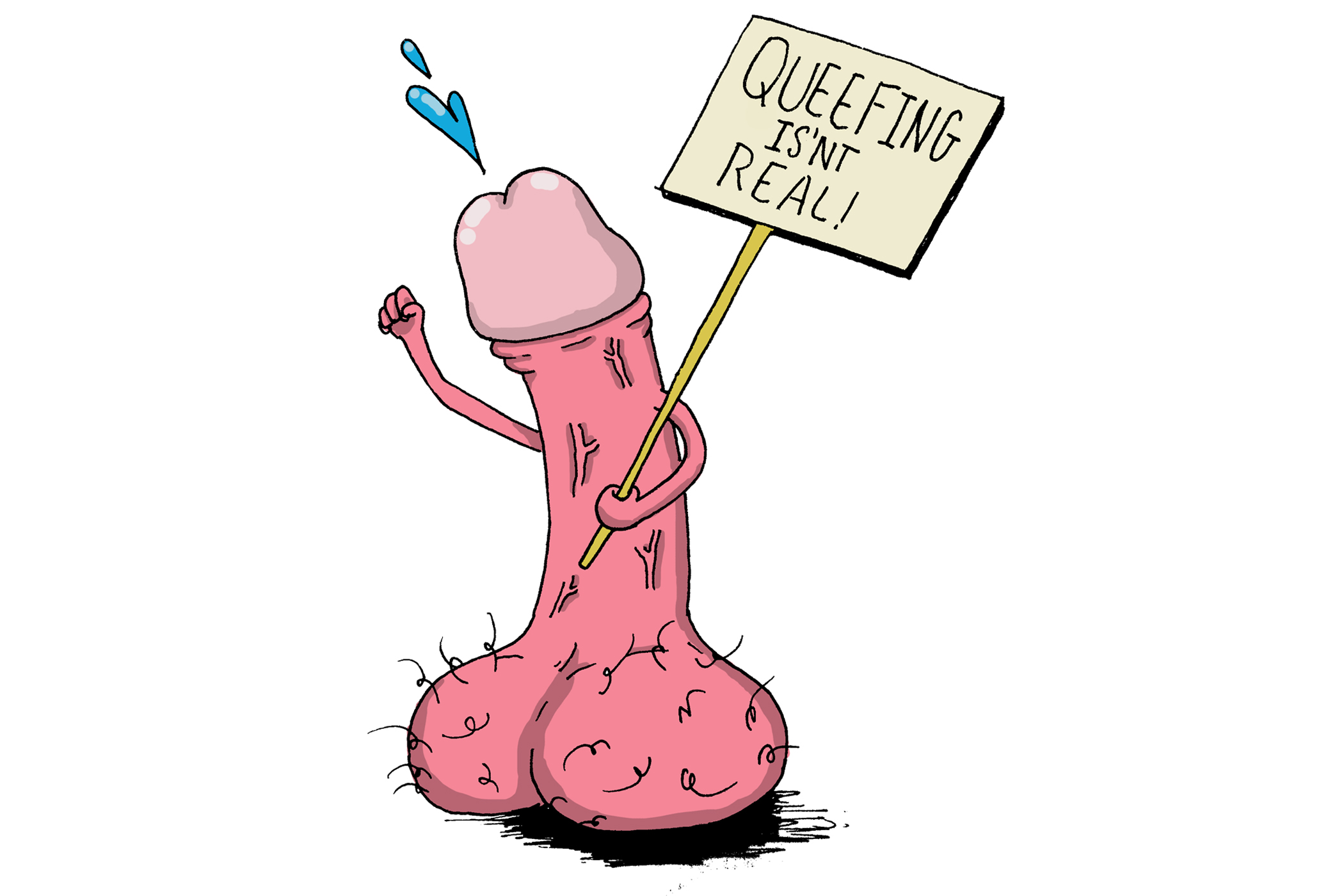Morgan Campion’s capstone course was unlike any women’s studies course she had ever taken: It took her into a prison for the first time in her life.
Students, in prison
Morgan Campion’s capstone course was unlike any women’s studies course she had ever taken: It took her into a prison for the first time in her life.
The Inside-Out Prison Exchange Program takes Portland State students into the Coffee Creek Correctional Facility in Wilsonville to sit side by side with the prisoners in Oregon’s only women’s prison.
Campion and the other students worked with the prisoners on a project designed to improve the lives of all the women involved.
“It’s clear to me that the women in our class were super intelligent and engaged and put so much work into what we were doing,” Campion said. “They were the reason for why we were able to achieve what we did.”
Campion’s project consisted of organizing educational presentations—including topics like financial literacy,
nutrition and housing information—by social services agencies. These presentations took place in the facility’s “chow hall” every other Friday.
For one presentation, a judge came and explained to women at Coffee Creek what they could expect in the family court system.
“You never had a vibe of ‘Oh, I’m hanging out with a criminal.’ It was really just a roomful of women, and there was no difference other than what we were wearing,” Campion said.
Amy Spring, who brought Inside-Out to PSU six years ago, said the program is very popular with the 15 students who are able to enroll in it each term. PSU students, Spring says, often have an “eye-opening experience.
“There are students in my class who have had a family member or someone close to them serve time in a prison. They can understand how dehumanizing that can be,” Spring said. “Other students have preconceived notions of the types of people who are inside [the prison system]…Then they realize that they’re just like you and me.”
While in the past PSU’s School of Extended Studies allowed prisoners to pay a significantly reduced cost for the class and receive three credits from the university, this option is no longer offered.
Spring hopes that in the future these college credits will be once again granted to the prisoners who can manage to enroll and pay the $150 fee for the course.
Professor Jody Sundt, in PSU’s Criminology and Criminal Justice department, said the Inside-Out program can be a step toward a prisoner’s rehabilitation, often because the majority of prisoners have enormous educational need.
Sundt said she usually has a student each year in her criminal justice classes at PSU who is a former prisoner struggling to get back on his or her feet while pursuing higher education.
Sundt said that some of her former-prisoner students had been food insecure; one of her students, she believed, was homeless.
“I felt very empathetic for them and for their struggle. They were trying to get back on their feet and go through school,” she said.
Other Criminology and Criminal Justice instructors agree that Oregon can help reduce its prison population by placing more of an emphasis on providing education to inmates.
According to Danielle McGurrin, a professor in Criminology and Criminal Justice and instructor of an Inside-Out course on domestic violence, it is “all but a guarantee” that the female prisoners in the Coffee Creek class were affected by domestic violence in some way.
The Coffee Creek prisoners’ application process for this program can be rigorous. Prisoners must have earned their GED certificate and are required to write an essay. Then they must complete an internal (within the prison) background check, and must not have received any recent disciplinary marks against them.
During the first year of McGurrin’s Inside-Out class, prisoner-student privileges were limited to minimum-security inmates, but the class was later opened to medium-security inmates.
Within the prison system, more of an emphasis should be placed on enriching the lives of the prisoners, McGurrin said.
She mentioned that the rates of recidivism, or further offenses, were much lower for prisoners released from Coffee Creek, and she attributed a large part of this to the facility’s efforts to offer some educational programs to their prisoners.
“But these good intentions coexist with a bleak economic climate,” she said.
Though the Inside-Out program heightened Campion’s awareness of gender inequalities within the justice system, particularly relating to drug offenses, she said that her exposure to Coffee Creek helped to clarify where
she would like to go in her career.
She continues to work at Coffee Creek as an intern and plans to pursue a master’s degree in public administration.




